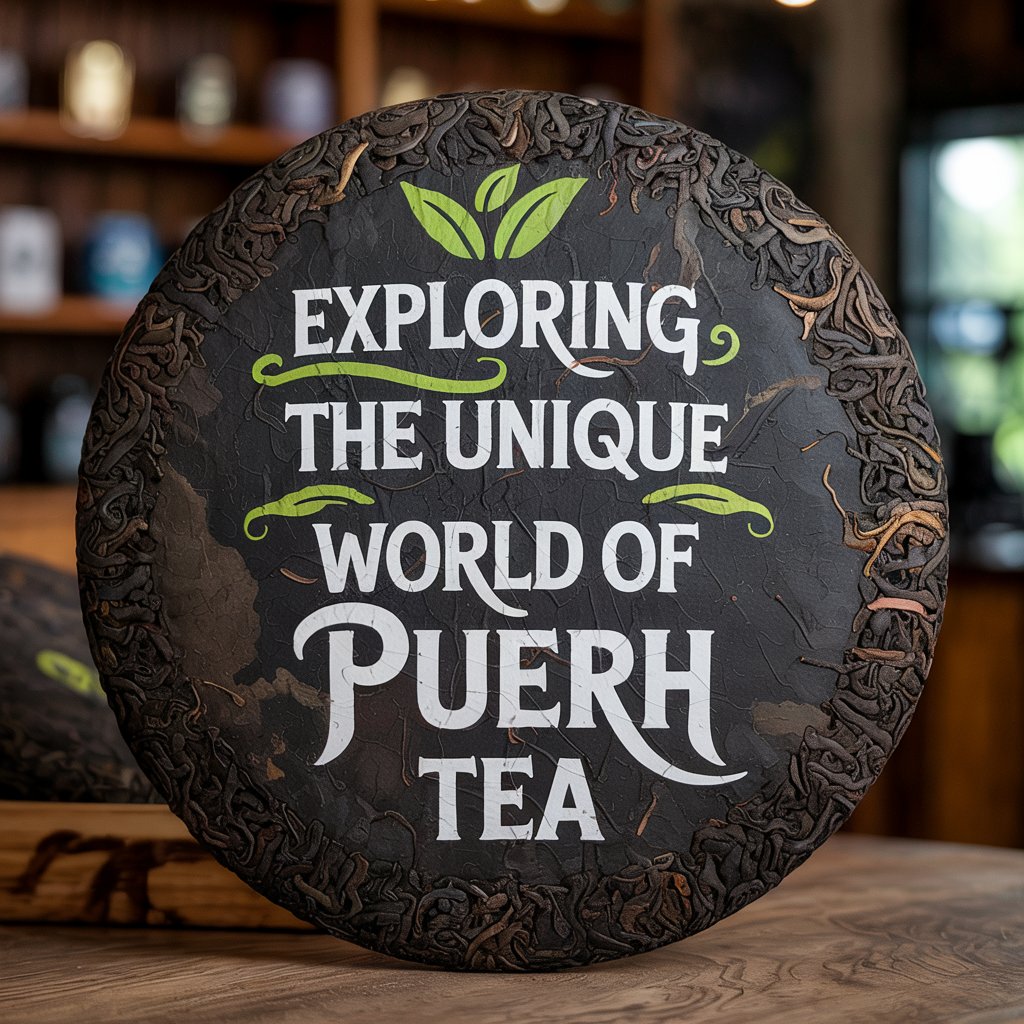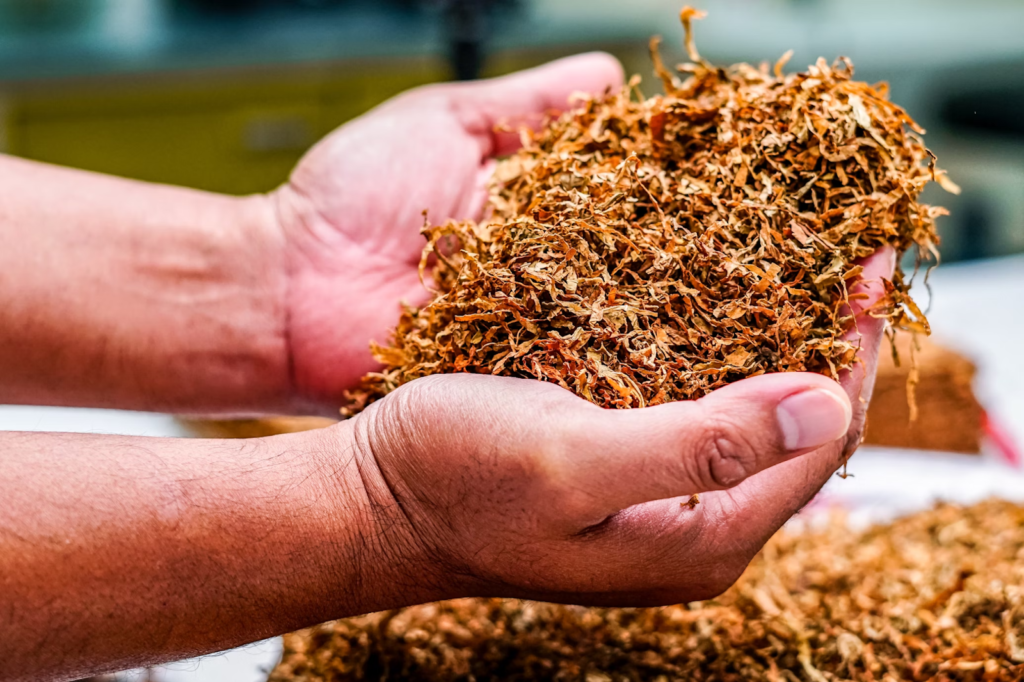Puerh tea, often considered the most enigmatic and captivating tea in the world, holds a special place in traditional Chinese culture and modern tea appreciation. Originating from Yunnan Province in China, this fermented tea is known for its rich, earthy flavors, aging potential, and health benefits. Whether you’re a tea enthusiast or a curious beginner, this guide explores what makes Puerh tea so unique and why it’s worth discovering.
What Is Puerh Tea?
Puerh tea (also spelled Pu-erh or Pu’er) is a type of fermented tea that is made from the leaves of the Camellia sinensis plant. Unlike other teas that are consumed shortly after processing, Puerh undergoes a fermentation and aging process that can span months, years, or even decades. This process develops complex flavors and transforms the tea’s character over time.
There are two main types of Puerh tea:
- Sheng (Raw) Puerh: This is the traditional form, which ages naturally over time. It begins with a more floral or grassy profile that becomes deeper and more mellow as it matures.
- Shou (Ripe) Puerh: A more recent invention, this tea undergoes an accelerated fermentation process, resulting in a darker, earthier tea ready to drink shortly after production.
For high-quality, authentic Puerh tea sourced directly from Yunnan, explore the expertly curated collection at PuerhCraft.
The Art of Aging and Storage
One of the most fascinating aspects of Puerh tea is how it continues to evolve with time. Much like fine wine, aged Puerh is prized for its deep, smooth, and sometimes woody or mushroom-like flavors. However, proper storage is essential.
Many collectors keep cakes or bricks of Puerh tea for decades, tracking its changing aroma and taste with each passing year. Older, well-aged Puerh teas can fetch incredibly high prices in the tea market.
Health Benefits of Puerh Tea
Puerh tea is also celebrated for its potential health benefits. While more scientific research is needed, traditional uses and some modern studies suggest it may:
- Supports gut health and helps digestion due to its probiotic content
- Help reduce cholesterol levels
- Boost metabolism and assist with weight management
- Offer antioxidant properties
Its low caffeine content also makes it a great alternative to coffee or stronger black teas for those sensitive to stimulants.
How to Brew Puerh Tea
Brewing Puerh tea is a mindful experience in itself. Many prefer using a traditional Chinese teapot called a gaiwan or a small clay teapot. Here’s a simple method:
- Briefly rinse the tea leaves with hot water to awaken the aroma.
- Steep the leaves in hot water (around 95°C or 203°F) for 10–30 seconds for the first infusion.
- Re-steep multiple times, gradually increasing the brew time with each round.
Puerh is known for offering multiple infusions, each with subtly different notes.
Final Thoughts
Puerh tea is more than just a drink—it’s a journey through taste, time, and tradition. With its deep history, evolving flavor, and cultural richness, it invites tea lovers into a world unlike any other. Whether you’re collecting, sipping, or simply exploring, Puerh tea offers something truly special in every cup.





